Legends of Lakewood
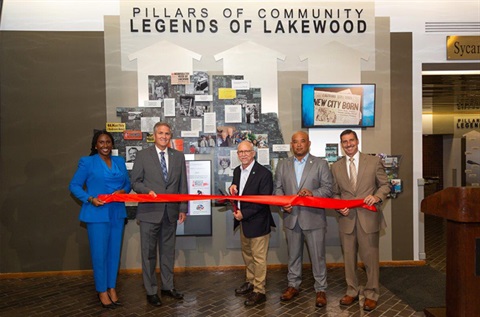
Legends of Lakewood & Pillars of Community
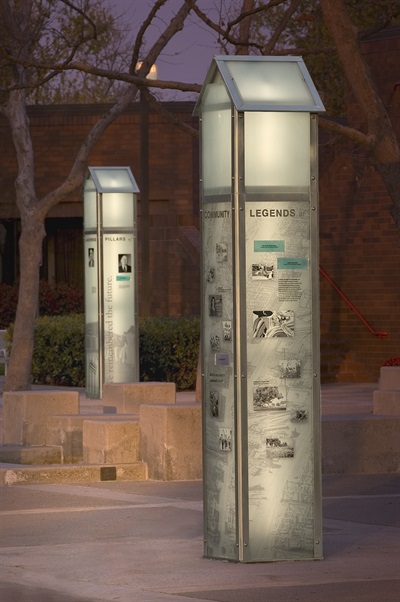 When the Lakewood City Council in 2003 proposed a memorial to those who selflessly devoted themselves to building and sustaining Lakewood’s social and civic institutions, the City Council intended that it should reflect the aspirations that motivated the city’s original residents.
When the Lakewood City Council in 2003 proposed a memorial to those who selflessly devoted themselves to building and sustaining Lakewood’s social and civic institutions, the City Council intended that it should reflect the aspirations that motivated the city’s original residents.
The Council chose a design of three glass and steel pillars (shown at left) to display historic photographs, contemporary images of Lakewood and the names of those who would be recognized as Legends of Lakewood.
The Pillars of Community artwork was completed for the city’s 50th anniversary of incorporation in 2004-2005 and installed on the plaza in front of The Centre on Clark Avenue.
The original pillars were dramatic, but their innovative design used Mylar film that faded over the years in the harsh sun. The pillars were taken down in 2019, and work began on a reimagined monument that would continue to reflect the design concepts of the original pillars but be installed in The Centre lobby where the monument would be safe from the elements.
Today’s Pillars of Community installation, unveiled to the public on September 27, 2022, makes use of video technology and color printing to expand the scope of the memorial and make the stories of the Legends of Lakewood more accessible.
The installation is composed of three aluminum silhouettes of the original pillars overlaid by a muted representation of Lakewood’s borders and its street grid.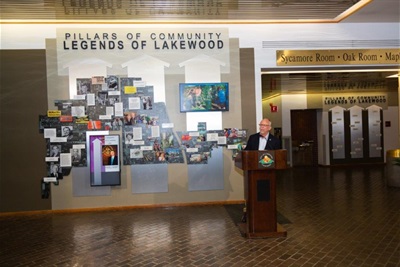 Standing out from this background are archival and contemporary photographs of Lakewood printed on metal sheets. Text taken from the original pillars artwork describes the achievements of those honored in 2004.
Standing out from this background are archival and contemporary photographs of Lakewood printed on metal sheets. Text taken from the original pillars artwork describes the achievements of those honored in 2004.
In addition to the text, a video shown on an embedded screen explains the purpose of the memorial and describes how those honored as Legends of Lakewood were chosen. A second video displays the name, photograph and short descriptive caption of every honoree, starting with those originally recognized in 2004 and continuing through today.
On an adjacent wall in The Centre lobby, a second representation of the original pillars includes all the names of those named Legends of Lakewood. This part of the installation has ample space to add the names of those who, in future years, will continue to accept the challenge to build a community of hope and dignity for residents of every age and background.
See a video about the making of the new Pillars.
Who are the Legends of Lakewood?
Starting with Lakewood’s 50th anniversary in 2004 and continuing every five years since, the Lakewood City Council has named as Legends of Lakewood the individuals, groups of people, organizations and programs that have made significant, lasting contributions to the development and progress of Lakewood.
See the CityTV video What is a Lakewood Legend?
Videos about some of the individual Legends are also linked below in the biographies.
Legends of Lakewood named in 2004
Louis Boyar, S. Mark Taper and Ben Weingart were the pioneering developers of Lakewood, who surmounted enormous technical and logistical difficulties to build more than 17,000 homes in less than three years.
Far more than a housing tract, their “city of tomorrow” incorporated dozens of innovations and design features that continue to contribute to Lakewood’s quality of life. Lakewood thrives as a community of homes, parks, schools, places of worship, and retail centers because of wise decisions that Boyar, Taper and Weingart made. At the heart of Lakewood, they placed Lakewood Center, at one time the largest regional shopping center in America, and still one of the largest in Los Angeles County.
Each of the builders of Lakewood became noted philanthropists. In particular, the Taper Foundation and the Weingart Foundation have been partners with the city in the construction of important public facilities, including the S. Mark Taper Foundation Vista Lodge at Monte Verde Park and the Weingart Senior Center.
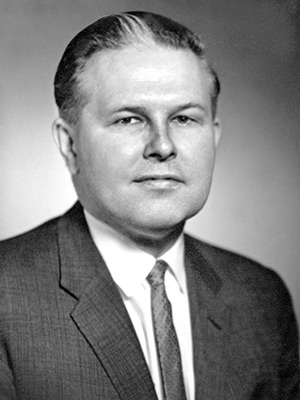
John S. Todd was a young lawyer from Lakewood who changed local government with an entirely new way for cities to govern themselves. Todd conceived the idea that unincorporated communities didn’t have to choose between annexation by a big city or building a civic infrastructure from scratch. Instead of replicating all the service functions of a city, Todd believed that city councils could turn to Los Angeles County to deliver municipal services through a system of contracts.
Todd correctly reasoned that Lakewood residents were happy with county-provided services before incorporation, and continuing them by contract would save the new city the huge cost of hiring and managing new police, fire, road and other departments.
Todd’s contract plan for local government became the Lakewood Plan with the incorporation of the city in 1954. The model was soon copied in a wave of incorporation movements in Los Angeles County and then throughout the state.
Today, the contracting plan that Todd created shapes the future of one-quarter of California cities and dozens of cities in all parts of the nation and even in other countries. Former Lakewood City Attorney John S. Todd is honored today as the “Father of the Lakewood Plan.”
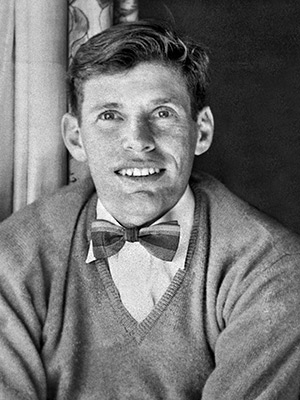
Donald Rochlen helped organize hundreds of Lakewood residents in a surprisingly effective pro-incorporation campaign in 1953-1954.
Rochlen had originally been hired by the Lakewood Park Corporation to promote the new Lakewood housing development.
When, in 1953, Long Beach sought to annex Lakewood neighborhoods, Rochlen joined with other civic leaders to resist annexation.
With energy, enthusiasm and organizing skill, Rochlen helped to outmaneuver annexation. He then worked tirelessly with the volunteers of the pro-incorporation movement, acting as a cheerleader for flagging spirits and as a master strategist.
His efforts on behalf of incorporation helped to create the new city of Lakewood in 1954.
The first members of the Lakewood City Council Robert Baker, William Burns, Angelo Iacoboni, Gene Nebeker and George Nye, Jr. – took John S. Todd’s “contract plan” for city government in 1954 and made the plan work. They were among thousands of young war veterans and their spouses who migrated to Los Angeles County and purchased homes in Lakewood.
The first Lakewood City Council was elected on March 9, 1954, when residents voted by 7,524 to 4,868 (a margin of 3 to 2) to incorporate.
Already well known as president of the Lakewood Chamber of Commerce, the Exchange Club, and Sons of Italy, Iacoboni (then age 35) received more votes than any of the 38 other candidates. Iacoboni was followed in the tally by real estate broker Gene Nebeker (then age 32), newspaper reporter Burns (age 41), Nye who was a teacher (age 33), and engineer Bob Baker (age 31).
When the city council met for the first time on April 16, 1954 they named Iacoboni to serve as Lakewood’s first mayor.
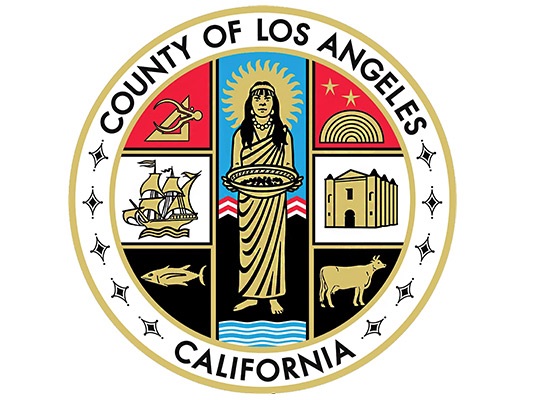
Los Angeles County departments were Lakewood’s partners in providing municipal services through contracting in 1954. Today, they are still the city’s principal service providers. Without the commitment of the Los Angeles County Board of Supervisors, the county Sheriff’s Department, Fire Department, Public Works Department, Public Library, County Counsel and many other county agencies, the Lakewood Plan for cityhood in 1954 would never have succeeded.
At critical moments in the battle for incorporation, it was the leadership of county officials that gave Lakewood supporters the confidence to succeed when many observers claimed it would be impossible.
In the years following Lakewood’s incorporation, the Los Angeles County Board of Supervisors and heads of county departments expanded the reach of the Lakewood Plan to many newly incorporated communities and eventually to more than 40 cities in Los Angeles County.
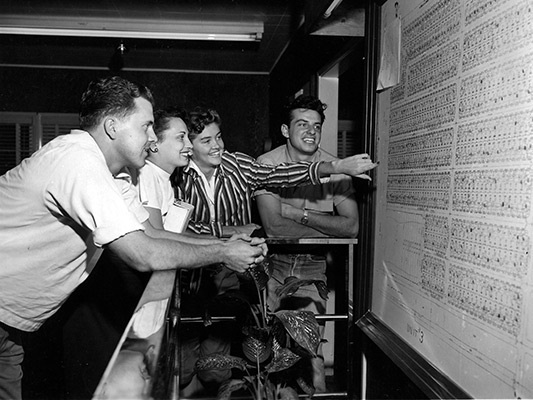
Lakewood’s “greatest generation” of founding families moved into new Lakewood homes in the early 1950s and found, even in the midst of their diversity, that they shared common hopes for the future of their sons and daughters.
They built a thriving community based on those hopes. They resisted the lure of annexation by Long Beach in 1953. And they put their faith in the members of the first Lakewood City Council in 1954 by choosing to incorporate their community as the first in the nation to provide all its services by contract.
Traditions that began in Lakewood’s first decade helped the community to flourish. Among them are Lakewood Youth Sports volunteer coaching, Lakewood Tot Lot parent cooperatives, the Pan American Festival, Lakewood’s many civic and service organizations, Lakewood’s PTAs, the city’s religious congregations, and the Greater Lakewood Chamber of Commerce.
Through the city’s early years, Lakewood’s “greatest generation” of founding families reinforced commitments that still shape Lakewood: service to neighbors and community, concern for families and youth, civic engagement and support for public safety.
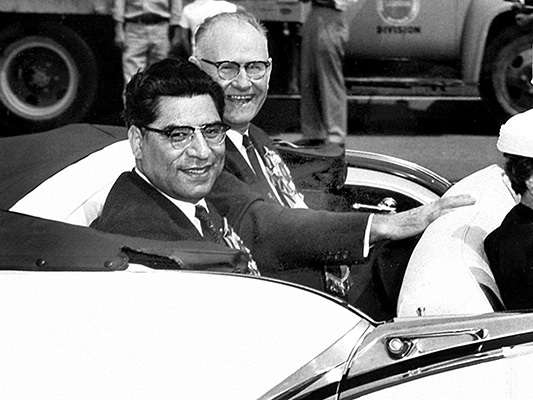
Dr. Walter Montano and Jess Solter were Lakewood Village neighbors and fellow Lakewood Lions Club members in the 1940s. They shook hands over their backyard fence, pledging to begin a community program that would foster good relations between the United States and the people of Latin America.
Their inspiration began the oldest community event in Lakewood. Starting with a flag exchange and expanding over the years, Lakewood’s spirit of international friendship never wavered. When three Lakewood parks were dedicated in 1957, they were named after Latin American heroes: Simón Bolívar, whose armies freed half of South America from Spanish rule; José San Martín, who liberated southern Peru and Chile; and José Del Valle, who wrote a declaration of independence for Central America.
Today, Montano and Solter’s tradition of Pan American friendship continues at the Pan American Fiesta, one of only a few celebrations in the United States that annually honors the people and cultures of Latin America.
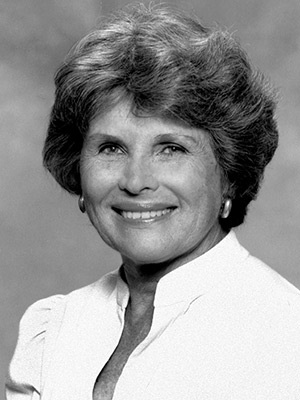
Former Mayor Jacqueline Rynerson joined other young men and women in the battle to prevent annexation by Long Beach in 1953 and secure the benefits of incorporation in 1954. With her husband, Bud Rynerson, she walked petitions and helped organize dozens of pro-incorporation volunteers.
When her efforts were successful, Rynerson went on to serve her community as a leader of the city’s Recreation and Community Services Commission.
In 1978, Rynerson was elected to the Lakewood City Council. She served three terms as mayor. During her 12 years as a city council member, Rynerson assisted in the development of the Weingart Senior Center, the expansion of River Park in eastern Lakewood, and the purchase of the adjacent Lakewood Equestrian Center. The park was named Rynerson Park in her honor in 1990.
Legends of Lakewood named in 2009
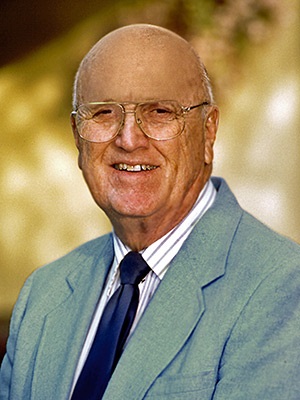
The Rev. Dr. John C. Bonner engaged in the civic life of Lakewood – as a bridge builder between different communities of faith and as a wise counselor.
He was the voice of consolation when, two weeks after the terrorist attacks of September 11, 2001, he stood before a grieving throng in the Lakewood Civic Center and spoke words of healing.
Dr. Bonner held the title of Pastor Emeritus to the Lakewood City Council in recognition of his years of community service and his role as a mentor and guide.
Many hundreds of times – at city council meetings and at civic events – he called on Lakewood residents to renew their commitments to their community’s future.
See the video honoring the Rev. Dr. John C. Bonner.
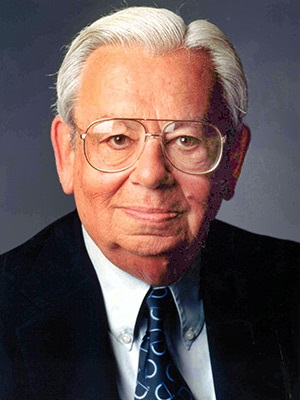
Mace Siegel was a business leader and community benefactor whose Macerich Company purchased Lakewood Center in 1975.
His company embraced a new concept in mall design and thus began the lengthy and costly process of transforming a Lakewood’s open-air shopping mall into an enclosed regional shopping center.
Macerich enclosed and expanded the mall in 1978 and expanded it again in 1982, 2000 and 2009.
Even as the Macerich Company grew nationally, Lakewood Center continued to occupy a special place in the company, reflecting Siegel’s regard for Lakewood Center and the Lakewood community.
His personal generosity benefitted Lakewood Meals on Wheels, Project Shepherd, Lakewood Special Olympics, the Lakewood Family YMCA and many other community organizations.
See the video honoring Mace Siegel.
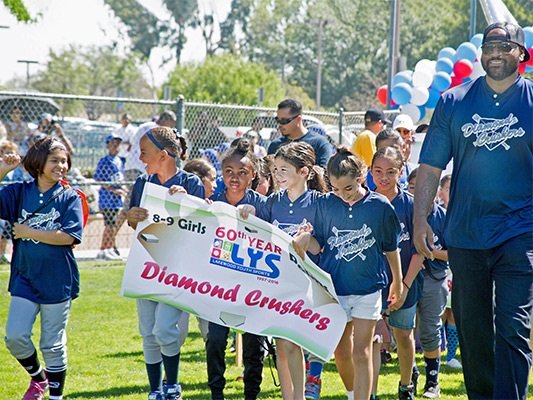
Volunteers in Service to Youth have been legendary since 1954. Thousands of Lakewood parents, grandparents and other adults have been youth sports coaches, scout troop leaders, Camp Fire and YMCA volunteers, library aides, religious education teachers and members of youth programs of all kinds from Tot Lot parent cooperatives to high school team boosters.
Dozens of Lakewood organizations have had as their principal focus the betterment of Lakewood’s young people, their education and their social and civic development.
And not only adults, but also Lakewood’s teens participate in programs that assist other youth. Their volunteer service continues to be a welcome sign in the community, since Lakewood’s future depends on the energy and enthusiasm of the next generation of volunteers.
See the video honoring Volunteers in Service to Youth.
Legends of Lakewood named in 2014
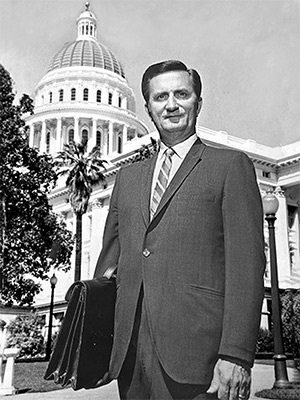
Former Assembly Member Joe A. Gonsalves was a staunch advocate in Sacramento for the ability of cities to contract with private businesses and county agencies for service.
In the 1960s and 1970s, cities like Lakewood, Bellflower, Cerritos and Paramount were battling legislative efforts to limit their ability to contract under the Lakewood Plan. With Gonsalves on their side, Lakewood Plan cities preserved their ability to get the best service at the lowest cost for taxpayers.
Gonsalves also fought to control the costs Los Angeles County charged for law enforcement services, typically a city’s largest contract. Gonsalves authored legislation to prevent the county from imposing fees above the actual cost of providing the service.
See the video honoring Joe A. Gonsalves.
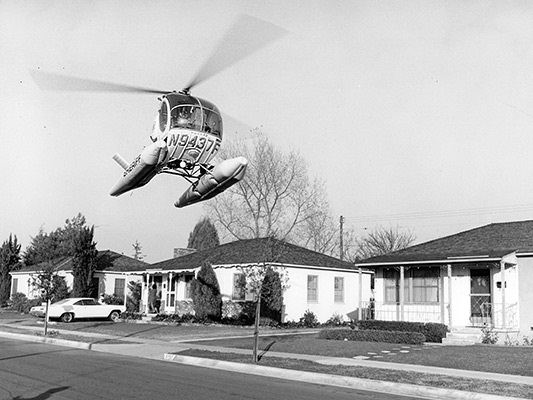
The Sky Knight Helicopter Patrol Program began in Lakewood in 1966 as the nation’s first ongoing helicopter law enforcement patrol. Within days of taking to the skies, Sky Knight proved its value to the Sheriff’s Department and to Lakewood residents.
Sky Knight responds to burglaries or robberies in progress, vehicle pursuits, investigations of reports of suspicious activity on roofs or in alleys, and missing person searches.
Sky Knight also can serve as an aerial command post during a natural disaster or other emergency. As a “patrol car in the sky,”
Sky Knight provides lifesaving information to deputies on the ground about the location of suspects and whether suspects are armed or in hiding.
Today, over 500 police agencies around the nation and the world utilize helicopter police patrols, but it all started in Lakewood with Sky Knight.
See the video honoring Sky Knight.
Legends of Lakewood named in 2020
See a video about the event in February 2020 where that year's new Legends were named.
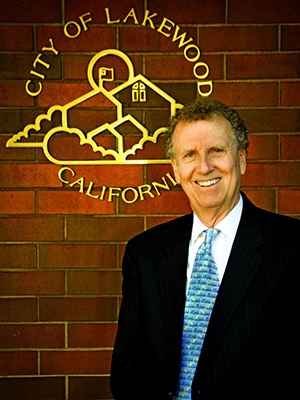
Howard L. Chambers grew up in Lakewood in the 1950s and 60s, worked for Lakewood as a recreation staff member in his teens, went to college and then returned to Lakewood to become its city manager in 1976. He continued in that position for a remarkable 41 years until his retirement in 2017. His award-winning service earned him the distinction of being the longest serving city manager in a single city in California.
Between 1983 and 1985, Chambers managed the city’s largest public works project in its first 50 years: the $16 million improvement of the Lakewood Civic Center and construction of The Centre. From 2006 to 2008, he oversaw the $21-million expansion and modernization of the Lakewood Sheriff’s Station.
Among many awards during his career, Chambers was honored by the League of California Cities with an Award of Distinction for outstanding service, leadership, expertise and innovation as a city manager.
See the video honoring Howard L. Chambers.
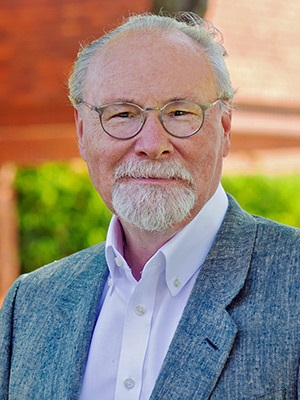
Donald Waldie also grew up in Lakewood in the 1950s. He worked for the city for 33 years, retiring as deputy city manager in 2010. He also is the author of several books, including the award-winning memoir “Holy Land,” an account of his life in Lakewood.
As the city’s public information officer in the 1980s and 1990s, Waldie helped develop many of the annual community events that are part of Lakewood’s civic life: the Award of Valor, the Lakewood Youth Hall of Fame and the Lakewood Beautiful Home Awards.
Waldie continues to serve as Lakewood’s Historian Emeritus assisting with projects that honor Lakewood’s history.
See the video honoring Donald Waldie.

Lakewood Volunteer Civic Organizations in Service to the Community includes 21 civic and nonprofit groups that help make Lakewood a safe, caring and welcoming community. Their members are volunteers in public safety agencies, service clubs, veterans organizations and non-profit agencies that aid the homebound, assist seniors and protect the quality of life in Lakewood neighborhoods.
Named as Legends of Lakewood are:
- AARP Tax Aides
- American Legion, Post 496
- Disabled American Veterans, Chapter 19
- Friends of the Lakewood Libraries
- Greater Lakewood Chamber of Commerce
- Human Services Association
- Lakewood Education Foundation
- Lakewood Jaycees
- Lakewood Lions Club
- Lakewood Meals on Wheels
- Lakewood Neighborhood Watch Volunteers
- Lakewood Pan American Association
- Lakewood Sheriff’s Station Volunteers
- Lakewood Special Olympics
- Lakewood Women’s Club
- Pathways Volunteer Hospice
- Rotary Club of Lakewood
- Soroptimist International of Lakewood/Long Beach
- Su Casa—Ending Domestic Violence
- Veterans of Foreign Wars, Memorial Post 8615
- Vietnam Veterans of America, Chapter 756
See the video honoring Volunteer Civic Organizations.